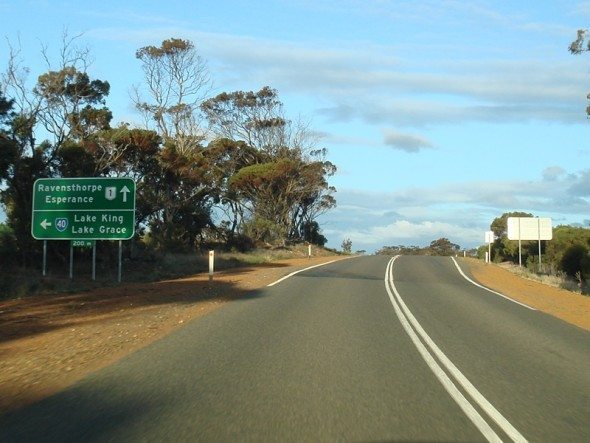
A Western Australian solar installer has reported an increase in the number of landowners and small businesses on the fringes of the state’s networks looking to go off-grid, as a cheaper and easier alternative to joining the network, or as a remedy for ongoing supply difficulties.
Don Anderson, founding managing director of Denmark-Based Great Southern Solar, said a recent community information session in Ravensthorpe had revealed a growing interest in choosing energy independence via solar and battery storage, boosted perhaps by uncertainty around the future shape of the state’s power market.

“There’s a lot of concern about what might be going on in the future,” said Anderson in an interview with One Step Off The Grid last week, referring to the state government’s plans to sell off its electricity assets to recoup the cost of subsidising the dysfunctional market to the tune of $250 million.
Anderson said a number of interested parties had attended the information sessions, and Great Southern Solar had since followed up with some, to discuss what could be done in their particular situation.
He says many people in these fringe-of-grid areas believe that if their network gets privatised, power prices are going to go up. And if it doesn’t, something will have to be done to recoup the losses they have incurred.
“The theme of these sessions, if there was a theme,” says Anderson, “is that people are responding to future risk, both in terms of what their power bills will look like, the services they’re going to get from the grid, and the products that are available.
“Some people are trying to beat (power companies) to the punch before they bring in any other rules or costs about getting off the grid.

“They’re thinking ‘sooner or later they’re going to start charging even if the power just goes past the door,’ as happens already with water and sewerage.
“The sense was it’s just something that we have to do, we can’t keep relying on the grid. There’s a bunch of risk factors there. It’s evolution, we just have to get on with it.”
And this is not surprising, considering the declining price – and increasing quality – of solar and battery storage systems; coupled with the fact that, for Synergy customers at least, the current cost of quitting the grid is just a $300 disconnection fee.
The power companies, of course, are not oblivious to this, and both Horizon and Western Power have been looking into new approaches to fringe-of-grid power supply, and have actively considered taking whole towns off the grid, as the cheapest and most effective option.
Just last week we reported the WA government’s $300,000 feasibility study into the creation of the country’s biggest edge-of-grid solution – a renewables-based micro grid to cut costs and improve energy security – as “the first of a number of such initiatives …to reduce massive costs and cross-subsidies to service remote areas.”
Anderson agrees that some of the people in the networks are “on the same page” as their customers and advocates of market reform.
“Western Power has undertaken some excellent work through the GreenTown project demonstrate how network peak loads can be cost effectively reduced through providing targeted incentives for energy efficient appliances, consumer education campaigns and providing real time consumption data to consumers to achieve modified consumer behaviour. Since that time Western Power have focused solely on wooden pole replacement to mitigate their fire risk at the expense of these other initiatives. ”
But Anderson notes that even those utilities with the best intentions are met with a number of significant regulatory hurdles – “a bunch of barriers to change” – that tie their hands anyway.
He cites the example of Western Power, who three years ago ran a tender for an off-grid trial, which it was looking to site around Ravensthorpe.
“But they didn’t end up doing anything,” he says, “because of restrictions in their governing legislation .”
Meanwhile, a variety of consumers – ranging from those in places that were never going to be connected to the grid, and others who were sick of the power going out and wanted some relief – are taking matters into their own hands.
In the south coast town of Hopetoun, for example, Anderson says big power users wishing to cut their bills by installing solar would find it was cheaper to go off-grid.
This is because the capacity allocated by Horizon for distributed solar PV on that part of the grid has already been used up. So people who install solar in Hopetoun are now required to do so with a battery-managed set-up – but using the batteries only for load smoothing, and not for maximising self-consumption, says Anderson. “It’s really restrictive.”
One such customer, who Anderson didn’t name, did not take any convincing that going off-grid was the best option for his business – a service station alongside a car wash – approaching Great Southern Solar with that very request.
“It’s interesting that people are stating that clearly as an ambition,” Anderson told One Step. “This guy is as astute businessman, a builder – someone who’s switched on – and he said I just want to take the whole premises off the grid.”

Sophie is editor of One Step Off The Grid and editor of its sister site, Renew Economy. Sophie has been writing about clean energy for more than a decade.
